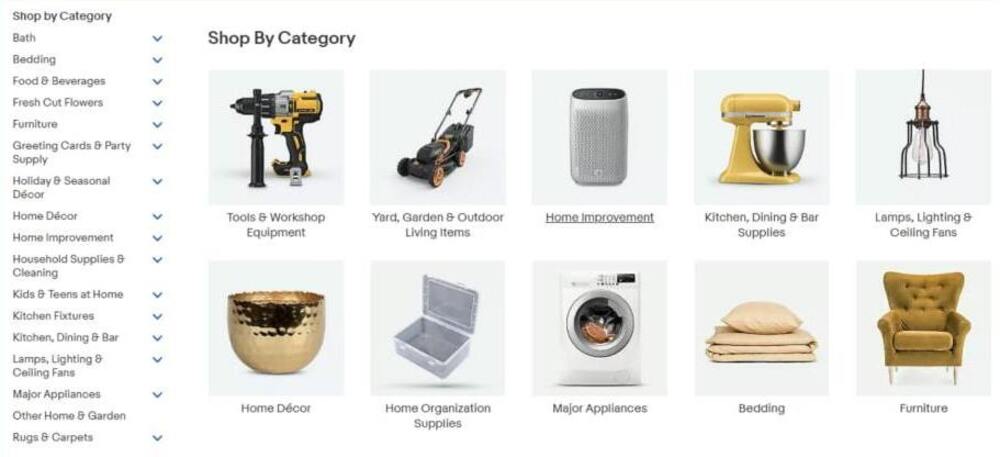Web page categories often get overlooked in SEO strategies. Many website owners focus heavily on optimising individual product or blog pages and forget the importance of categories.
These category pages significantly influence your site’s structure, helping users and search engines find and understand your content. When properly optimised, category pages improve navigation, strengthen internal linking, and boost overall search visibility.
This guide explains how optimising your web page categories can drive better SEO results and help your website attract more organic traffic.
Key Takeaways
- Category pages contribute significantly to SEO and should be treated as key landing pages.
- A well-optimised structure helps both users and search engines navigate your site with ease.
- Clear titles, useful descriptions, and clean URLs improve visibility and relevance.
- Internal linking and visuals enhance user engagement and site authority.
- Technical elements like mobile responsiveness and schema markup provide additional support for better rankings.
Table of Contents
What Are Webpage Categories

Web page categories are sections of a website that group similar content or products under a common theme or topic. They help organise your site in a logical way, making it easier for users to browse and for search engines to understand the structure of your content.
For example, in an e-commerce store, categories might include “Men’s Shoes” or “Kitchen Appliances,” while a blog might have categories like “Digital Marketing” or “Health Tips.” Each category typically has its own page that lists related items, and this page can be optimised to target relevant keywords and improve discoverability.
Why Is Optimising Web Page Categories Important for SEO
Think of category pages as the backbone of your website—they quietly support navigation, structure, and discoverability. Here’s a closer look at why giving them proper SEO attention makes a big difference:
| Reason | Explanation |
| Improves Site Structure | Clear, optimised categories create a logical hierarchy, making it easier for search engines to crawl and index your website. |
| Targets Broad Keywords | Category pages often rank for higher-volume, general keywords that individual product or blog pages may not target effectively. |
| Strengthens Internal Linking | Linking related content through category pages distributes authority across your site and supports deeper indexing. |
| Enhances User Navigation | Well-organised categories help users find what they’re looking for quickly, reducing bounce rates and improving time on site. |
| Increases Crawl Efficiency | Search engines prioritise structured websites. Optimised category pages help bots navigate your site more efficiently. |
| Supports Content Theming | Grouping content into focused categories reinforces topical relevance, which can positively influence ranking signals. |
How to Optimise Web Page Categories for Better Visibility
Strong category pages act as powerful entry points for users and search engines. They can boost discoverability, improve site engagement, and help your entire website rank more effectively. Here’s how to fine-tune your web page categories for better SEO visibility:
1. Use Descriptive, Keyword-Rich Titles

Your category titles should be clear, specific, and include primary keywords naturally.
This helps users immediately understand the content or products within the category, while also signalling relevance to search engines. Avoid using vague terms and focus on the common search phrases your audience actually uses.
2. Write Unique Category Descriptions

A well-written category description adds context and depth. Aim for 150–300 words that explain what users can expect to find in that category, using relevant keywords and phrases throughout.
This practice enhances your on-page SEO and guides visitors to navigate the relevant content with greater confidence.
3. Optimise Meta Tags

Every category page should have a customised meta title and description that include relevant keywords.
The meta title should be concise and targeted, while the meta description should offer a compelling reason to click. This improves click-through rates and supports overall SEO performance.
4. Keep URL Structures Clean

Use short, keyword-focused URLs that clearly represent the category. For example, /kitchen-appliances is much more SEO-friendly and readable than /cat1234.
Avoid using unnecessary parameters, numbers, or special characters, as they can confuse users and search engines, and are also visually unappealing.
Curious how clean links can boost your SEO? Explore the best practices for an effective URL structure that keeps your site organised and easier to rank today.
5. Strengthen Internal Linking

Link related blog articles, product listings, or the main navigation menu using descriptive anchor text to your category pages. This enhances crawlability, distributes link equity across the site, and helps reinforce the importance of your category pages.
6. Add Visuals and Contextual Elements

Make category pages more engaging by incorporating high-quality images, banners, featured content, and links to related subcategories.
These visual elements not only improve the user experience but can also increase time on page and reduce bounce rates, both of which are significant factors in SEO.
Want your products to stand out in visual search results? Learn how to optimise your images with this beginner-friendly image SEO guide today.
7. Ensure Mobile Responsiveness and Fast Load Speeds

Google prioritises mobile-first indexing, so your category pages must be fully responsive and load quickly across devices. Use compressed images, efficient code, and responsive layouts to deliver a smooth experience that keeps users engaged.
8. Apply Schema Markup

Adding structured data like breadcrumb schema or product schema helps search engines better understand how your category pages fit into your site hierarchy. This can enhance your search listings with rich snippets, increasing visibility and click-through potential.
Conclusion
Strong category pages often make the difference between a scattered site and one that ranks with purpose. They help search engines understand your content structure and give users a clearer path to explore.
With the right approach, category optimisation becomes a key driver of organic traffic and a smoother on-site experience.
Looking to strengthen your site’s foundation and drive consistent traffic? Let Newnormz digital marketing help you optimise your category pages with tailored SEO actions that improve structure, clarity, and long-term growth. Contact Newnormz today to get started.






